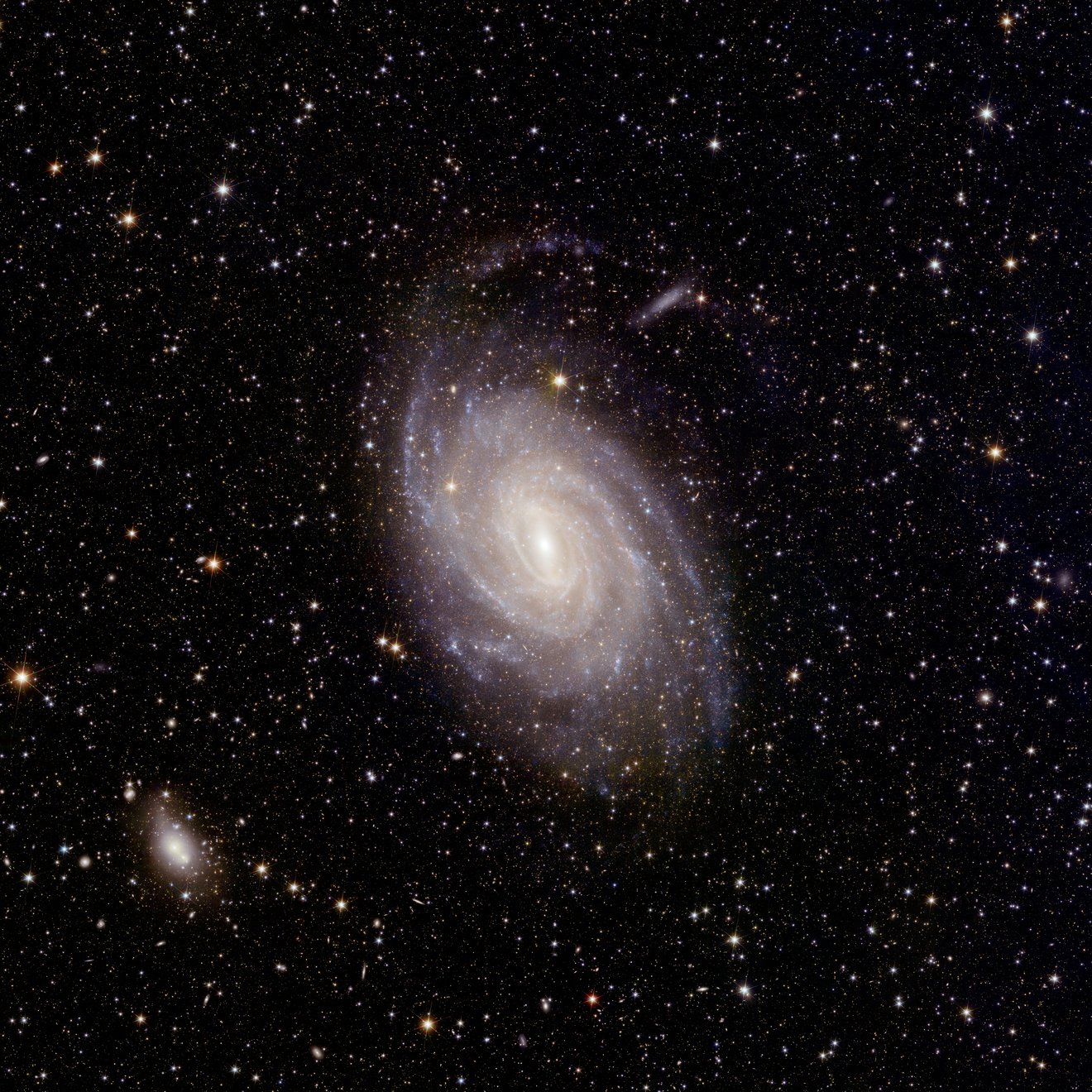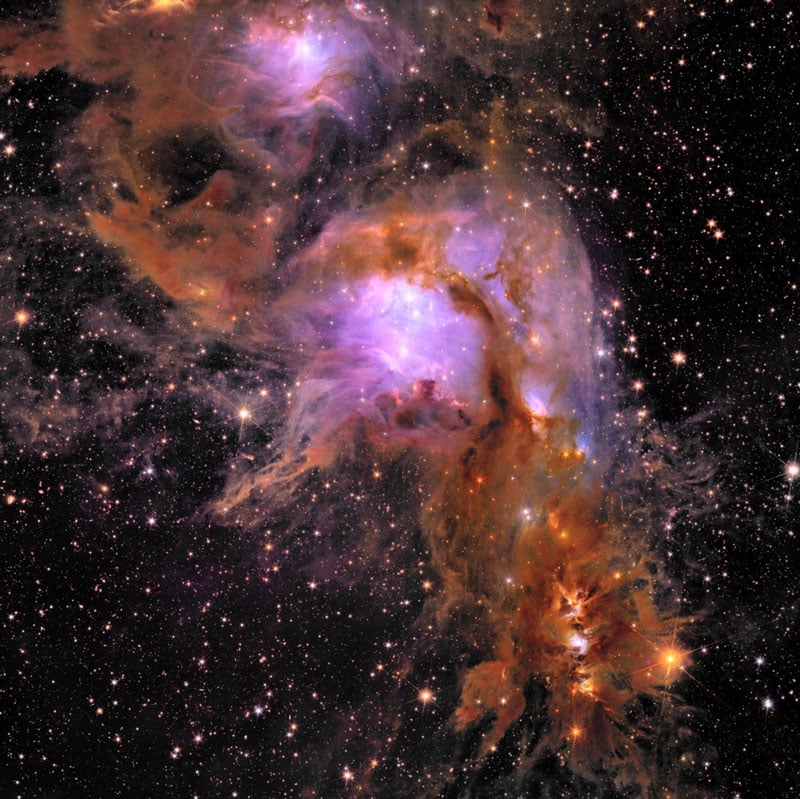
ESA publishes first scientific photos of Euclid space telescope
The first scientific works of the Euclid space telescope on the early period of sky observations have been published. Created by the European Space Agency (ESA), this device presents space in a new light. Its instruments capture both visible and infrared light at the same time, allowing for high-quality images at depths of up to 10 billion light years. These kinds of details are key to understanding dark matter and dark energy.
EEA has already shown all the images of the newly presented space objects last year. However, if at that time they were presented in the form of a quick review, today everything is confirmed by a sound scientific analysis. And these aren't just works looking for signs of dark matter and dark energy. Euclid's high sensitivity in the extended light absorption range, as well as a wider field of view than the Hubble and James Webb telescopes, allow this new instrument to make many other discoveries. For example, the telescope is capable of detecting dimly-appearing objects such as wandering planets and brown dwarf planets.

Galaxy NGC 6744 with star formation belts
But Euclid's main task is to find and map the accumulation of dark matter in the universe and to study the evolution of its accumulation over time, which will provide clues and help evaluate such inexplicable phenomena as dark energy and the accelerated expansion of the universe.
Strong gravitational lensing will allow us to reveal the volumes and masses of dark matter, and weak gravitational lensing will allow us to follow the evolution of "dark clumps" over the course of 10 billion years of the universe's evolution. Euclid's wide field of view will make it possible to do this with maximum accuracy for today.

The Messier 78 nebula with details of the star-forming region
By 2030, Euclid is expected to produce a detailed map of the distribution of dark matter over time across the universe, covering about 30% of the sky. By then, it will be joined by NASA's Nancy Grace Roman Wide-Angle Space Telescope and China's Xuntian. These instruments will fill in the gaps in Euclid's observations, which are inevitable for any instrument.
- Related News
- Samples taken from Moon՛s far side for first time have been removed from capsule and sent for study
- NASA assigned SpaceX the task of landing ISS from space and will pay $843 million for it
- Powerful flare occurs in active part of Sun: What effect did it have on earth?
- China makes a historic breakthrough: Chang'e-6 probe delivers soil samples from the far side of the Moon
- NASA admits it cannot protect the Earth from asteroid collision
- Debris of Chinese rocket fell near the settlement (video)
- Most read
month
week
day
- NASA admits it cannot protect the Earth from asteroid collision 1435
- Why you can’t blindly trust AI: Because of the Google Gemini, a person almost became infected with botulism 874
- Stanford scientists introduce robot capable of accurately reproducing human movements, including in real time 838
- What are the fastest growing AI cryptocurrencies? 782
- 6100 mAh battery, Snapdragon 8 Gen 3, 24 GB RAM: OnePlus Ace 3 Pro to be a flagship killer 712
- Jelly Max: World's smallest 5G phone 700
- China makes a historic breakthrough: Chang'e-6 probe delivers soil samples from the far side of the Moon 626
- How and why is artificial intelligence worsening climate on Earth? 619
- Debris of Chinese rocket fell near the settlement (video) 614
- Visa partners with TransferGo to promote seamless cross-border money transfers to the Caucasus, Central Asia and Moldova 609
- Archive
